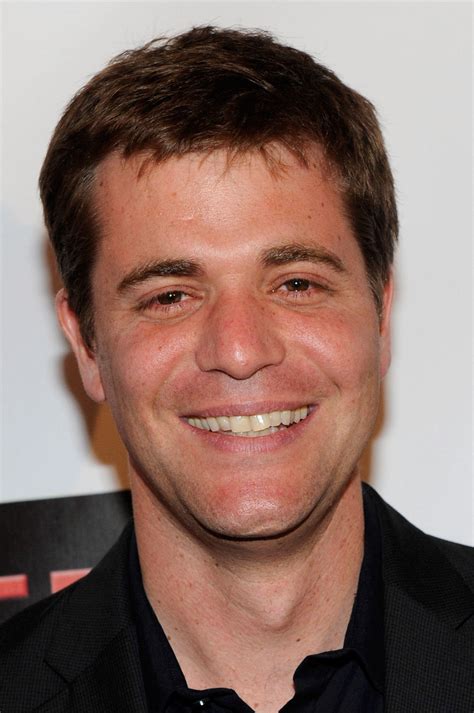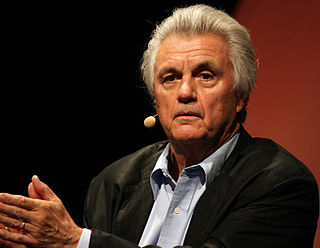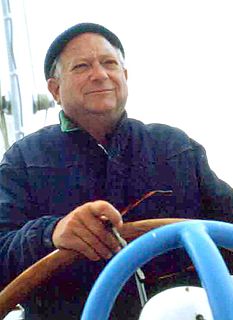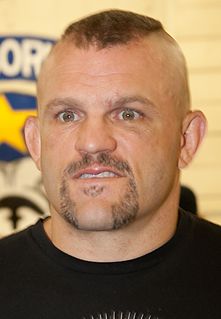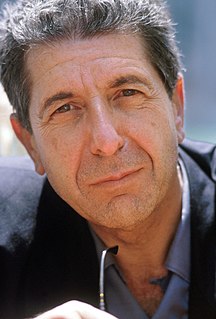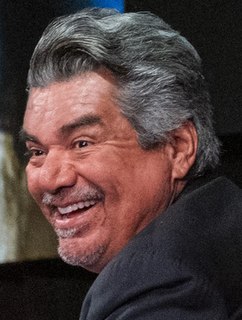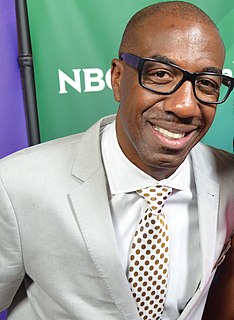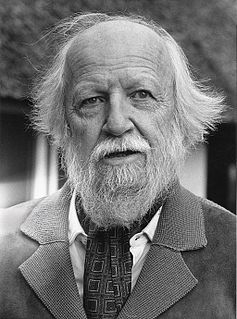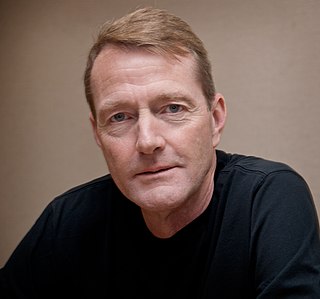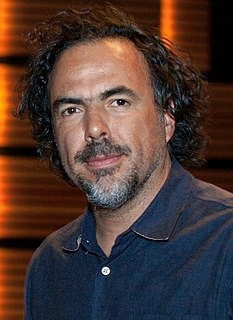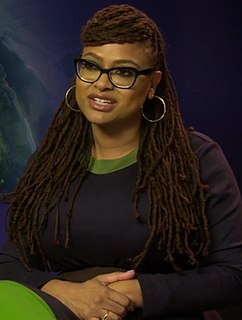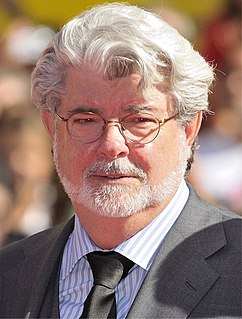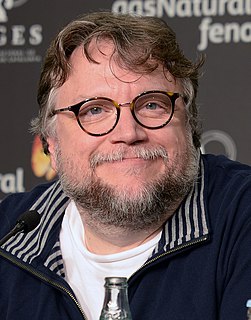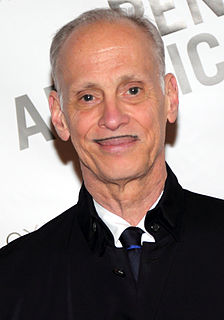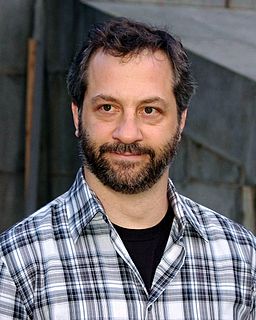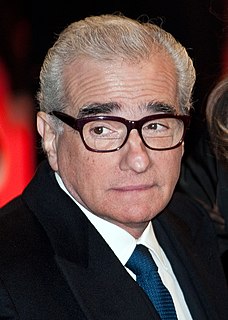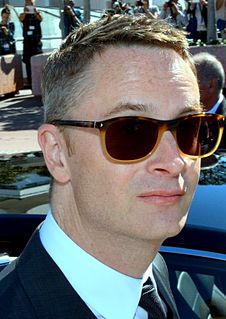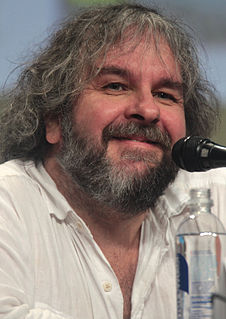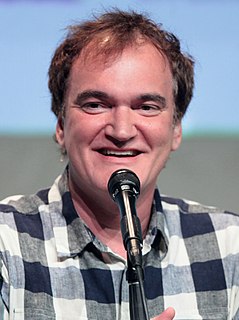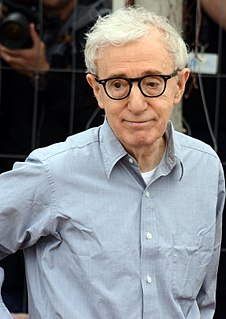A Quote by Nicholas Stoller
The worst thing you can do is animate something, and then throw it out because it doesn't work, story wise.
Related Quotes
The pleasure in complete domination over another person (or other animate creature) is the very essence of the sadistic drive. Another way of formulating the same thought is to say that the aim of sadism is to transform man into a thing, something animate into something inanimate, since by complete and absolute control the living loses one essential quality of life - freedom.
When you speak directly at things and don't say you're going to try to do something or that you hope to do something, the universe will work with you. Think about it this way - a boomerang goes out and comes back to you if you throw it. If you throw it out at the universe, it will come back down to you on Earth.
Experimental novels are sometimes terribly clever and very seldom read. But the story that appeals to the child sitting on your knee is the one that satisfies the curiosity we all have about what happened then, and then, and then. This is the final restriction put on the technique of telling a story. A basic thing called story is built into the human condition. It's what we are; it's something to which we react.
